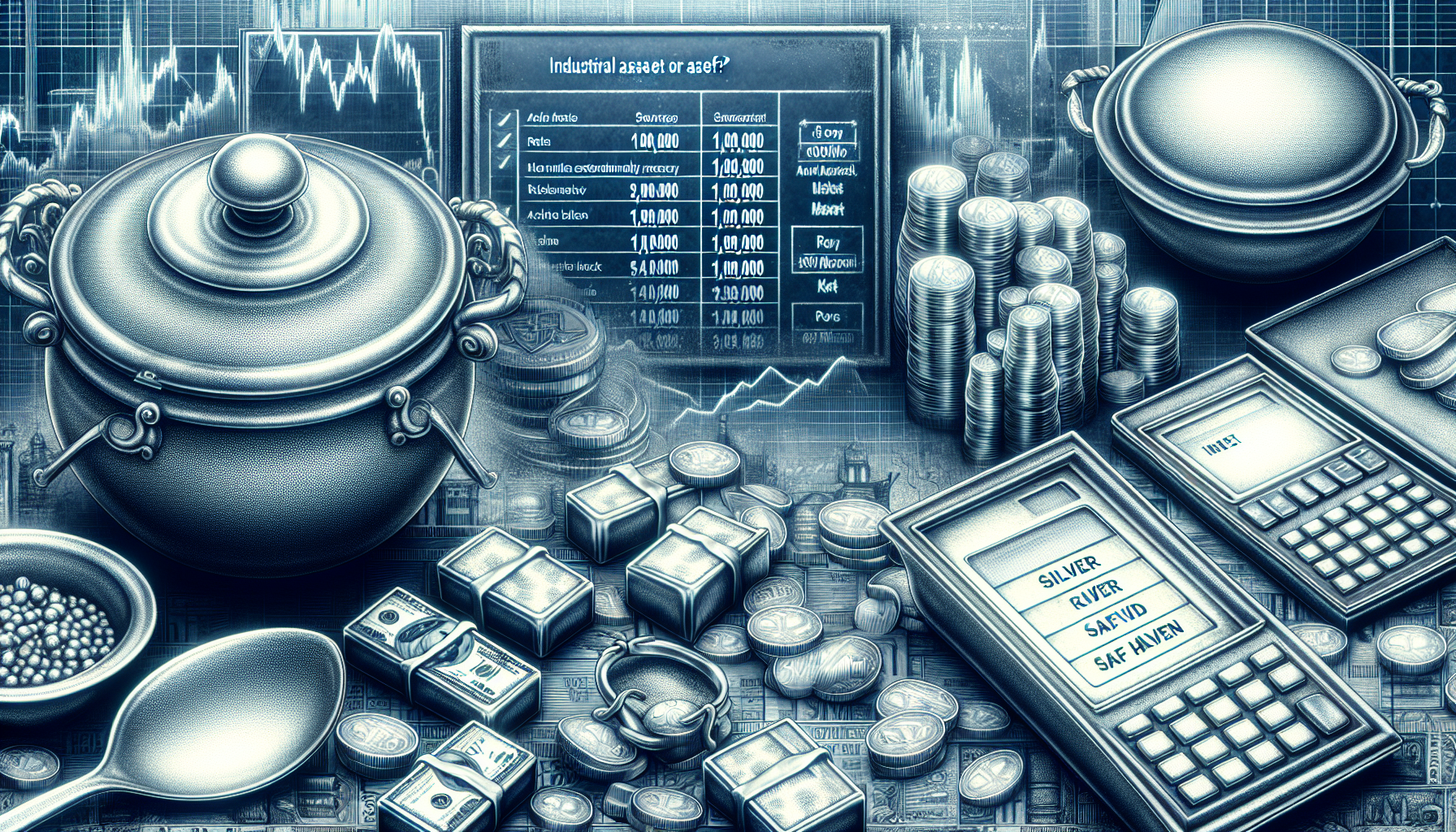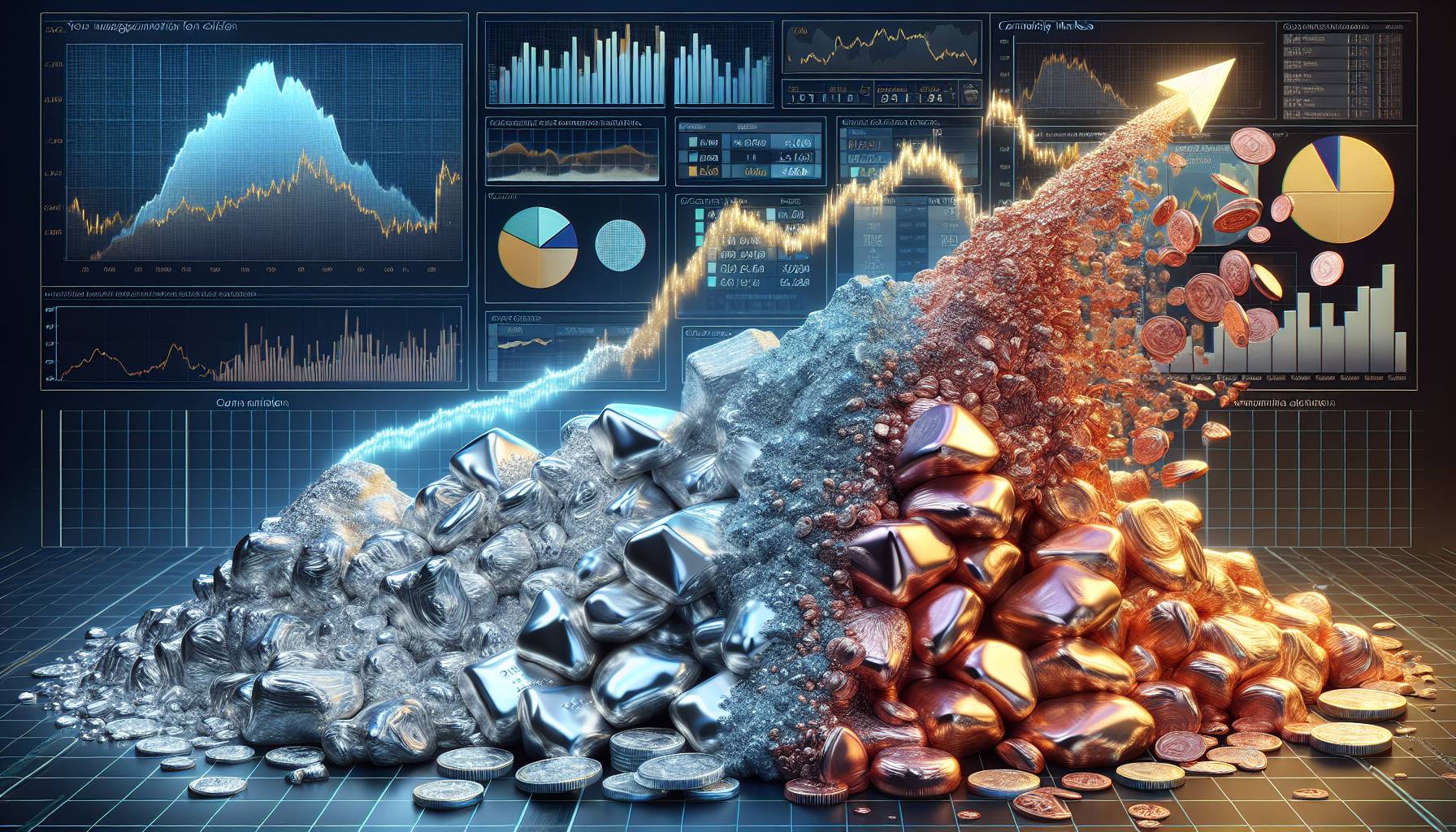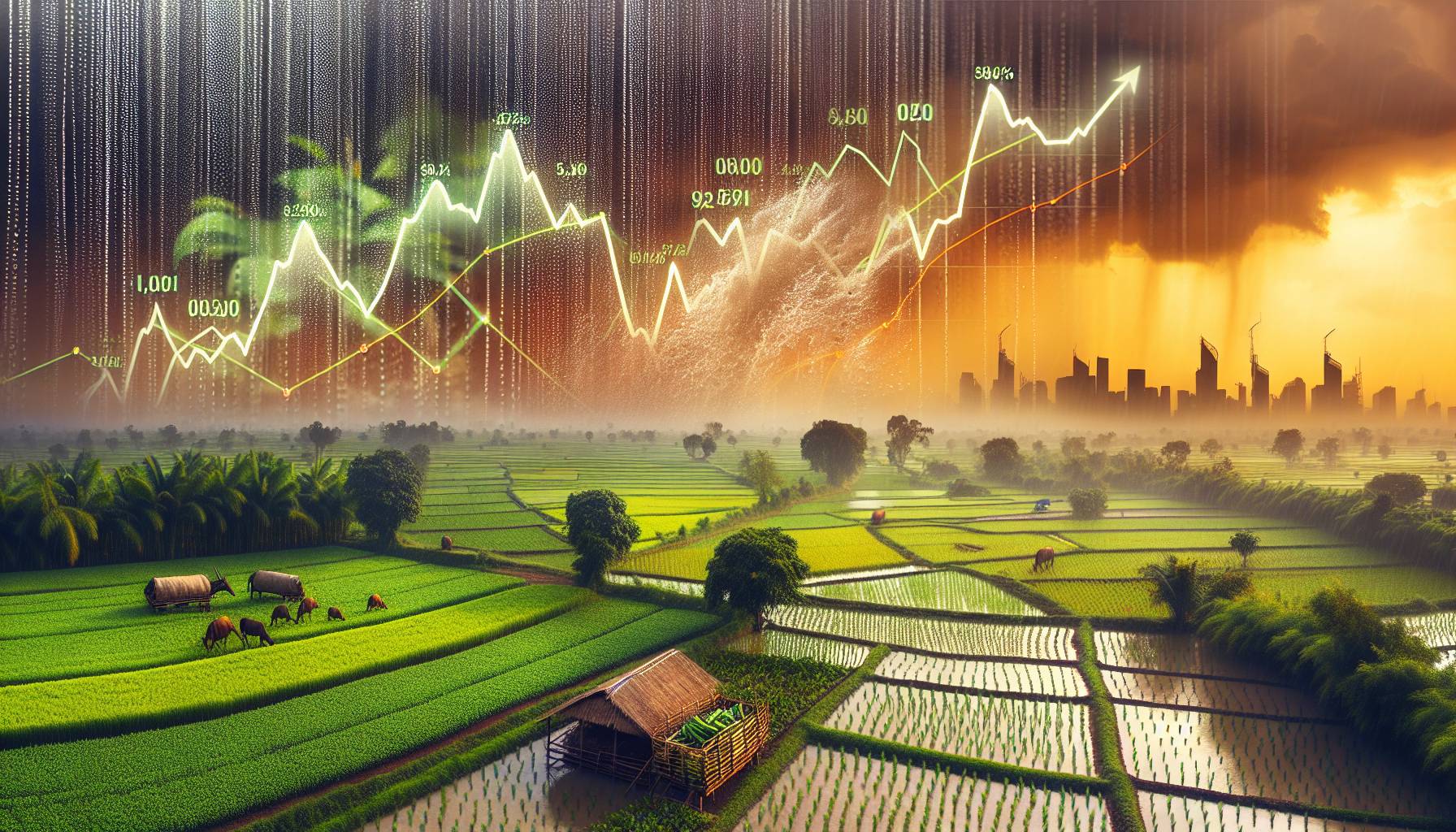
Elements Affecting Silver Pricing
Recently, silver prices in India have exceeded ₹1,00,000/kg, influenced by a variety of factors within the global commodity market. Geopolitical strains are significantly impacting this, as uncertainties in international affairs typically enhance the demand for precious metals viewed as safe-haven investments. Furthermore, disruptions in supply chains are fueling the price rise, as logistical hurdles and production delays affect availability.
Rising industrial demand, especially from China, represents another vital influence on the silver market, given China’s substantial consumption linked to its large manufacturing industry. The utilization of silver in electronics, solar technologies, and other industrial applications is driving this demand higher. In addition, fluctuations in currency are impacting silver prices, since variations in exchange rates can alter the cost of commodities for foreign purchasers.
Market volatility is further exacerbated by uncertainties in monetary policy. Decisions made by central banks concerning interest rates and other economic strategies can sway investor sentiment and the appeal of holding metals such as silver. Even though the long-term perspective is optimistic due to these industrial uses, participants in the market should brace for short-term price adjustments as economic indicators and signals from central banks change.
Investment Approaches During Market Fluctuations
When confronted with market volatility, developing a strong investment plan for silver necessitates a detailed grasp of both macroeconomic metrics and market behaviors. Investors ought to contemplate diversifying their portfolios to reduce risks tied to abrupt price changes. This diversification may include balancing holdings of precious metals with other asset categories such as stocks, bonds, or real estate, which can provide stability or counter-cyclical advantages.
For those concentrating on silver, staying updated on worldwide economic trends and policy changes is critical. Keeping an eye on announcements from central banks and geopolitical events can offer clues about possible market shifts. Active investors might consider using derivative tools like futures and options to protect themselves against unfavorable price movements; however, these require an advanced understanding of the market.
Long-term investors might perceive value in physical silver or silver-backed exchange-traded funds (ETFs) as protection against inflation and currency decline. Nevertheless, maintaining liquidity is vital, particularly in turbulent markets, thus ensuring a portion of the investment is in readily tradable forms is recommended.
It is also wise to evaluate the cost factors associated with investing in silver, including storage and insurance for physical holdings or management fees for ETFs. By employing a strategic approach that takes into account both the risks and opportunities present in the silver market, investors can position themselves to seize potential benefits while protecting against substantial losses.

